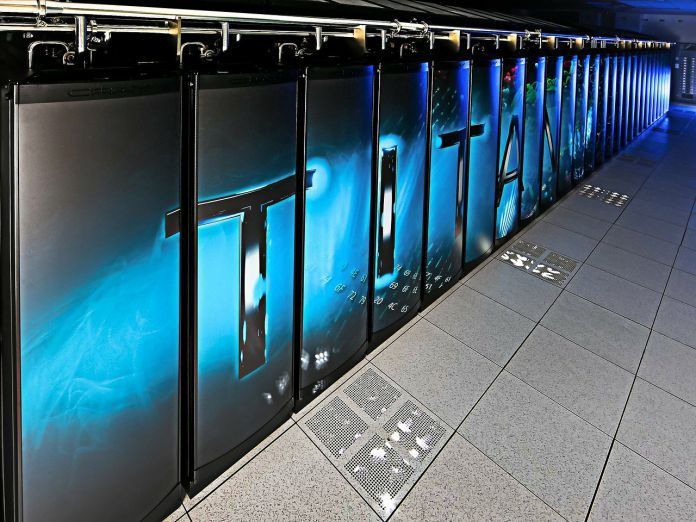Scientists from Sandia National Laboratories in the US have developed a prototype cooling system for the supercomputer. It is known as the Thermosyphon Cooler Hybrid System. This system cools like a refrigerator without requiring any expensive compressor. According to scientists, it could save hundreds of millions of gallons of water if widely adopted.
Great design gives proper cooling to the exact location for indirect air cooling in a facility. Thus, it allows operating temperatures to accelerate.
Working of this cooling system:
This cooling system uses liquid refrigerant to remove heat. The liquid is then heated by computing center and moves within a closed system into proximity with another system containing refrigerant.
This refrigerant absorbs heat from the water. Thus, the out-coming cooled water can spread to cool again. It means heated refrigerant vaporizes accelerates into the closed system. Therefore, it exchanges heat with an atmosphere.
As heat is removed from the refrigerant, it condenses and sinks to absorb more heat, and the cycle repeats.
David J Martinez, said, “There is no water loss like there is in a cooling tower that relies on evaporation. Additionally, we didn’t add chemicals such as biocides, another expense. This system does not utilize a compressor, which would incur more costs. The system utilizes phase-changing refrigerant and only requires outside air that’s cool enough to absorb the heat.”
“We arrange air to flow more smoothly instead of ignoring whorls as it cycled in open spaces. We did that by working with supercomputer architects and manufacturers of cooling units. So they develop more efficient air-flow arrangements,” he said.
There are fans sensitive install in this cooling system that works at room temperature. The fans go fast as the computer demand increase and slow down as decreased demand.
Martinez said, “This results more efficiently and economically to circulate air in a data center.”
“Improving efficiencies inside a system raises efficiencies in the overall system. It saves more water by allowing more use of the water-saving refrigerant system,” he added.
